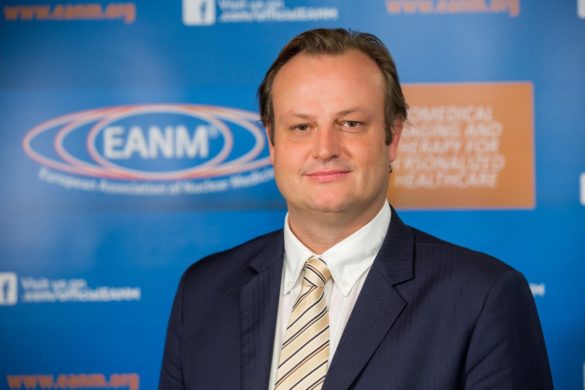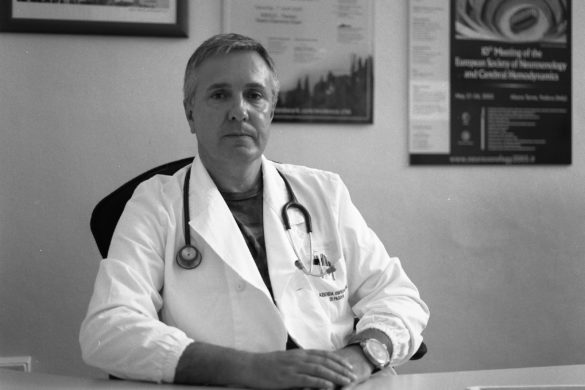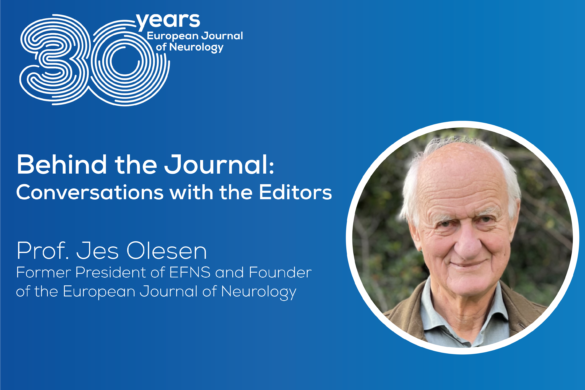 Finn Boerlum Kristensen is Chairman of the Executive Committee, European Network for HTA (EUnetHTA), and Director of the Coordinating Secretariat of EUnetHTA Joint Action, National Board of Health, Denmark
Finn Boerlum Kristensen is Chairman of the Executive Committee, European Network for HTA (EUnetHTA), and Director of the Coordinating Secretariat of EUnetHTA Joint Action, National Board of Health, Denmark
Health technology assessment (HTA):
A driving force for innovation and efficiency growth in the health sector
Gian Luigi Lenzi (GLL): HTA still is a not well known concept to many of our colleagues. Could you briefly introduce the principle of HTA to our Neuropenews readers and explain why neurologists should be aware of its importance and impact.
Finn Boerlum Kristensen (FBK): The aim of HTA is to inform safe, effective, health policies that are patient focused and seek to achieve best value. EUnetHTA defines HTA as a multidisciplinary process that summarises information about the medical, social, economic and ethical issues related to the use of a health technology (e.g. drugs, devices, procedures) in a systematic, transparent, unbiased, robust manner. Despite its policy goals, HTA must always be firmly rooted in research and the scientific method. The practice of HTA varies considerably across national settings. It informs policy- and decision-making in specific political, economic, institutional and clinical contexts. In order to be useful, HTA should use processes and outputs that fit the relevant context. Neurologists should be aware of HTA because increasingly HTA is used as evidence input by decision-makers across Europe.
GLL: We should all work towards identifying the existing best evidence to foster the development of sustainable health systems throughout entire Europe. How can HTA contribute to this goal?
FBK: Health care policy-makers throughout Europe seek to improve the health of citizens through the delivery of effective health services. Health policy is, therefore, aiming at improving the performance and health outcomes within financially sustainable health systems. HTA contributes to the formulation of such health policies by providing evidence-based information to those who define policies and decide on the coverage and usage of health technologies.
GLL: Do you think that information on HTA and promoting good practice in HTA methods and processes should be encouraged among the neurological community? If so how can this be done?
FBK: Definitely. This is the way forward in times of challenges to the sustainability of our health systems. There is a wealth of information to support good practice at international and quite often national level. The English language websites of Cochrane Collaboration, Centre for Review and Dissemination, NICE and, of course, EUnetHTA’s are good starting points to seek out sources of evidence and information about HTA in general and in terms of good practices.
GLL: HTA could be considered a bridge between the science producing evidence and the decisions taken on the basis of evidence at different levels of national health care systems. Is there a role for EAN – European Academy of Neurology to help building that bridge?
FBK: To prepare for this the EAN should consider joining the Stakeholder Forum of the EUnetHTA. This was established to facilitate stakeholder involvement. The EAN would be considered for membership of the “provider” group where e.g. the cardiologists and the medical oncologists already participate. The other three stakeholder groups are patients, industry and payers.
GLL: What role can EAN play in ensuring that the evidence generated for use in HTA is fit for purpose and accurately reflects the needs and preferences of patients?
FBK: EAN should encourage the involvement of the neurological societies in European countries to engage in establishing and sustaining high quality HTA structures and processes in their country. They should also be prepared to participate in systematic reviews and provide expert interpretation of the best available clinical and patient relevant evidence.







